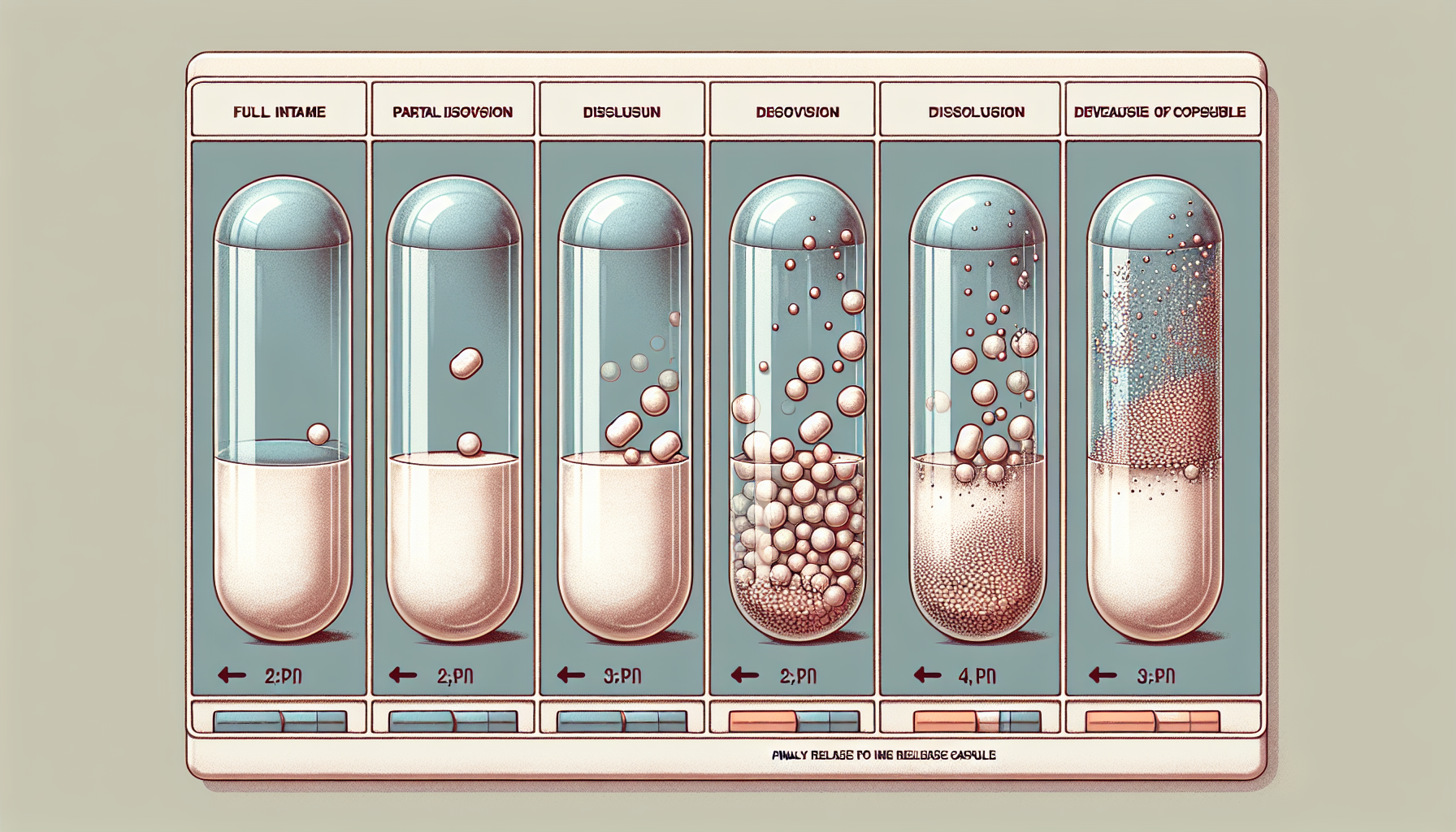The proper administration and utilization of pharmaceuticals are critical to maintaining and improving health outcomes. With advancements in medical science, understanding how drugs are released into the body and the subsequent effects they have can lead to more effective treatments and better patient experiences. This comprehensive exploration will delve into the intricacies of drug release mechanisms and their impacts on health.
The Importance of Drug Release Mechanisms
When a medication is administered, its therapeutic effectiveness is significantly influenced by the manner in which the drug is released and absorbed by the body. Controlled and targeted drug release can improve treatment efficacy, reduce side effects, and enhance patient adherence to medication regimens. The design of drug formulations aims to achieve the desired release rate and duration of action, considering factors such as the drug’s solubility, stability, and the target site within the body.
Immediate vs Controlled Release
Immediate-release formulations deliver the active ingredient rapidly after administration, which is essential for conditions requiring quick therapeutic action. However, for chronic conditions or those requiring consistent blood levels of medication, controlled-release formulations are advantageous. These formulations release the drug at a predetermined rate, maintaining therapeutic levels over an extended period, and minimizing the frequency of dosing.
Innovative Drug Delivery Systems
Innovations in drug delivery systems have led to the development of sophisticated mechanisms such as osmotic pumps, nanoparticles, and transdermal patches, which offer precise control over drug release. For instance, osmotic pumps use osmotic pressure to deliver medication at a constant rate, while nanoparticles can target specific cells or tissues, reducing systemic exposure and side effects.
Effects of Drug Release on Health Outcomes
The method of drug release directly influences health outcomes. A well-designed drug release profile can enhance the efficacy of the treatment, reduce the potential for drug interactions, and limit adverse reactions. For example, the steady release of medication from a controlled-release formulation can prevent the peaks and troughs in drug levels associated with immediate-release forms, thus reducing the risk of side effects and improving patient quality of life.
Influence on Treatment Adherence
Adherence to medication is a significant factor in the success of treatment plans. Complex dosing schedules and the occurrence of side effects can lead to poor adherence. Simplified dosing regimens made possible by controlled-release medications can improve adherence by making it easier for patients to take their medication as prescribed.
Impact on Disease Management
The management of chronic diseases such as diabetes, hypertension, and cardiovascular conditions benefits greatly from controlled-release medications. By ensuring consistent drug levels, these formulations support stable disease management and prevent complications. For a deeper understanding of this, consider exploring the detailed insights on Cardiovascular Health.
The Intersection with Alternative Medicine and Supplements
The integration of pharmaceuticals with alternative medicine and dietary supplements has become an area of significant interest. Understanding the interactions between these substances and conventional medications is crucial for ensuring safe and effective treatment plans. Patients and healthcare providers must be aware of how supplements can affect drug absorption and metabolism. For further reading on this topic, refer to Alternative Medicine and Its Integration with Pharmaceuticals.
Amino Acid Supplements and Drug Absorption
Amino acid supplements are commonly used for their potential benefits in muscle recovery and overall health. However, they can also influence the absorption and efficacy of medications. For example, certain amino acids may alter the pH of the stomach, affecting the solubility and dissolution rate of drugs. Understanding the Benefits of Amino Acid Supplements offers additional insights into these interactions.
Functional Foods and Medication Efficacy
The consumption of functional foods, which contain bioactive compounds that confer health benefits, can also modify the effects of medications. These foods may either enhance or inhibit the absorption of drugs, necessitating adjustments in dosing or timing of medication administration. The article on The Impact of Functional Foods on Medication Absorption provides valuable information on this subject.
External Resources for Further Exploration
For those interested in a deeper dive into the science behind drug release mechanisms, here are some niche and specific resources:
- The Controlled Release Society provides resources and forums for professionals in the field of delivery science and technology, with a focus on the development of innovative controlled-release products.
- Drug Delivery and Translational Research is a journal that publishes research on the development and scientific evaluation of drug delivery systems.
- For insights into patient-centered approaches, The Patient-Centered Outcomes Research Institute (PCORI) offers resources on how treatment plans, including drug release strategies, can be tailored to individual patient needs.
Conclusion
The mechanisms by which drugs are released into the body play a pivotal role in their therapeutic effects and the overall health outcomes of patients. Whether it’s through immediate-release for acute conditions or controlled-release for chronic disease management, the careful design of these mechanisms can lead to more effective and safer treatments. Moreover, the integration of pharmaceuticals with alternative medicine and supplements adds another layer of complexity that must be navigated to optimize patient care. As research continues to advance our understanding, healthcare professionals and patients alike will benefit from more personalized and effective medication strategies.



